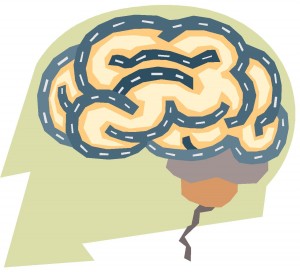Stroke – Dysarthria
What is dysarthria?
 “Dysarthria” is characterized by poor motor planning, programming and/or movement of speech muscles. Signs of dysarthria may include:
“Dysarthria” is characterized by poor motor planning, programming and/or movement of speech muscles. Signs of dysarthria may include:
- Running out of breath while speaking
- Slurred or staccato sounds
- Monotone voice
- Voice too high or too low, too loud or too quiet
- Hoarse, breathy voice
- Unable to move lips or tongue
- Difficulty swallowing
Dysarthria is often the result of a stroke, but can also be caused by brain injury, degenerative disease (Parkinson’s, Huntington’s, multiple sclerosis), infection (meningitis), brain tumours or toxins (drug or alcohol abuse, carbon monoxide).
How can a speech-language pathologist help?
Speech-language pathologists can assess an individual’s specific speech impairments in a variety of speech tasks. Through these activities they can observe the types of speech difficulties an individual experiences and can develop exercises and compensatory strategies to improve those areas. Speech therapy is quite effective in rebuilding and/or compensating for motor speech difficulties.
Is there anything I can try myself?
- Choose an environment with reduced noise
- Speak slowly and look at your listener
- Speak in short phrases
- Take a deep breath and exaggerate the speech sounds
- Plan periods of vocal rest before conversations or phone calls
- If soft spoken, consider using an amplifier
- Use a paper and pen to write down messages
- Spell words out loud or on an alphabet board
- Use yes/no questions or point to written choices
- Use gestures and/or objects in the room
